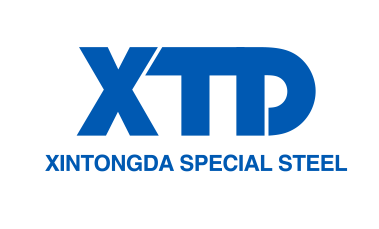Hastelloy B-3: High-Performance Nickel-Molybdenum Alloy
1. Introduction:
Hastelloy B-3 (UNS N10675/W.Nr. 2.4600) is a remarkable nickel-molybdenum alloy known for its exceptional resistance to pure hydrochloric, hydrobromic, and sulfuric acids. Unlike its predecessors in the B-type alloy family, Hastelloy B-3 exhibits significantly improved structural stability. This enhanced stability translates to fewer concerns during welding, fabrication, and service. Let’s delve into its key features, techniques, and industrial applications.
2. Characteristics:
- Corrosion Resistance:
- Hastelloy B-3 demonstrates strong corrosion resistance in acidic media, including hydrochloric acid, sulfuric acid, and formic acid.
- It surpasses its predecessor, Hastelloy B-2, in terms of pitting, corrosion, and stress corrosion cracking resistance.
- Thermal Stability and Structural Integrity:
- The alloy maintains its strength and stability even at elevated temperatures.
- Its long embrittlement time at high temperatures makes it reliable for demanding applications.
- Ductility and Weldability:
- Hastelloy B-3 is more ductile than Hastelloy B-2, allowing for ease of welding and integral forming.
3. Techniques:
- Solution Annealing: Common heat treatment method for Hastelloy B-3.
- Age Hardening: Precipitation hardening process to achieve higher strength.
- Fabrication Ease: The alloy can be readily machined, formed, and welded.
4. Applications:
Hastelloy B-3 finds use in various industries, including:
- Chemical Processing: Reactor vessels for pure, reducing acid service.
- Mechanical Components and Vacuum Furnaces: Due to its exceptional corrosion resistance.
- High-Purity Acid Environments: It excels in resisting pitting, corrosion, and stress corrosion cracking.
Remember, Hastelloy B-3 (UNS N10675) is a reliable choice for critical applications where corrosion resistance and structural stability are paramount.
